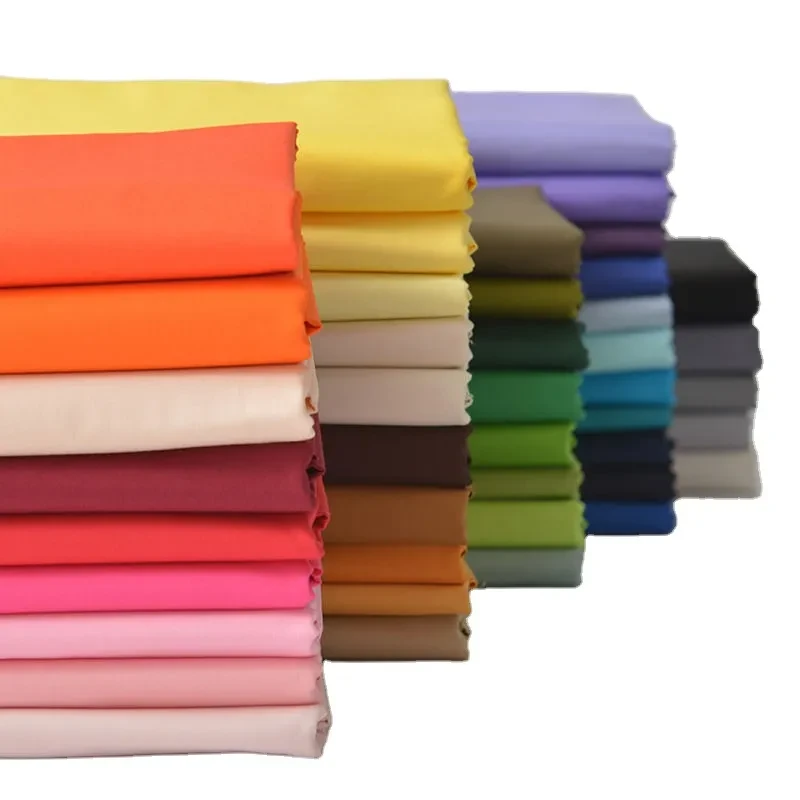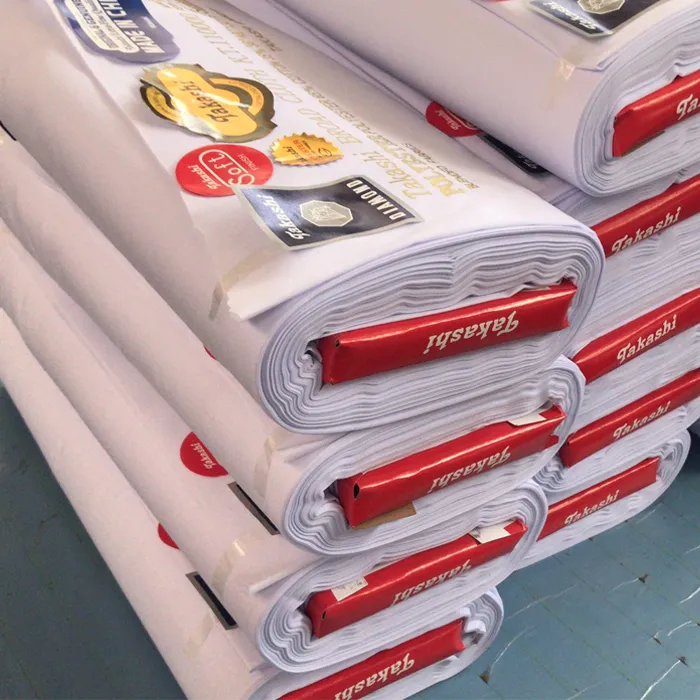
- Afrikaans
- Albanian
- Amharic
- Arabic
- Armenian
- Azerbaijani
- Basque
- Belarusian
- Bengali
- Bosnian
- Bulgarian
- Catalan
- Cebuano
- Corsican
- Croatian
- Czech
- Danish
- Dutch
- English
- Esperanto
- Estonian
- Finnish
- French
- Frisian
- Galician
- Georgian
- German
- Greek
- Gujarati
- haitian_creole
- hausa
- hawaiian
- Hebrew
- Hindi
- Miao
- Hungarian
- Icelandic
- igbo
- Indonesian
- irish
- Italian
- Japanese
- Javanese
- Kannada
- kazakh
- Khmer
- Rwandese
- Korean
- Kurdish
- Kyrgyz
- Lao
- Latin
- Latvian
- Lithuanian
- Luxembourgish
- Macedonian
- Malgashi
- Malay
- Malayalam
- Maltese
- Maori
- Marathi
- Mongolian
- Myanmar
- Nepali
- Norwegian
- Norwegian
- Occitan
- Pashto
- Persian
- Polish
- Portuguese
- Punjabi
- Romanian
- Russian
- Samoan
- scottish-gaelic
- Serbian
- Sesotho
- Shona
- Sindhi
- Sinhala
- Slovak
- Slovenian
- Somali
- Spanish
- Sundanese
- Swahili
- Swedish
- Tagalog
- Tajik
- Tamil
- Tatar
- Telugu
- Thai
- Turkish
- Turkmen
- Ukrainian
- Urdu
- Uighur
- Uzbek
- Vietnamese
- Welsh
- Bantu
- Yiddish
- Yoruba
- Zulu
Premium Linen Cotton Blend Fabric Wholesale Durable Cotton and Linen Textiles Supplier
- Introduction to linen cotton
: definition, history, and significance - Exploring cotton and linen: types, properties, and differences
- Technical advantages of cotton linen fabric
- Manufacturer and supplier landscape: global comparison
- Wholesale strategies and custom linen cotton solutions
- Case studies: Application in various industries
- Conclusion: The future potential for linen cotton in modern textiles

(linen cotton)
Understanding the Essence of Linen Cotton
Linen cotton is a textile blend that interlaces two of nature’s oldest and most versatile fibers. Linen, extracted from the stalks of the flax plant, boasts a nearly seven-millennia heritage, while cotton’s domestication dates back to at least 5,000 BCE in India. The fusion of these ancient fibers results in a fabric that bridges the strengths of both.
The relevance of linen cotton is evident today in hundreds of applications ranging from home textiles to high-fashion garments, owing to its breathability, durability, and uniquely soft feel. According to the Textile Exchange's 2023 report, global production of blended linen-cotton fabrics accounted for nearly 12% of the natural fibers segment—a testament to its enduring popularity and versatility among quality-conscious consumers.
Cotton and Linen: Types, Properties, and Key Differences
Though both cotton and linen originate from natural plants, their respective characteristics yield distinct advantages. Cotton is primarily categorized into types such as Upland, Pima, and Egyptian. Linen comes in types like long-staple European or Asian linen. Their different morphologies—cotton fibers are spiral and flexible, linen fibers are long and straight—result in unique tactile and physical characteristics.
Cotton is celebrated for its exceptional softness and moisture-wicking. Linen stands apart with its crisp, cool touch and unparalleled strength. When blended, the resultant linen cotton fabric harnesses the skin-friendliness of cotton and the robustness and breathability of linen.
Blended fabrics also demonstrate improved ecological balance: a study by the Hohenstein Institute found that a 60:40 cotton/linen blend reduces overall water usage by up to 30% compared to 100% cotton garments, without sacrificing comfort. This synergy is the foundation for the growing demand in both wholesale and bespoke textile markets.
Technical Advantages of Cotton Linen Blend Fabric
Linen cotton fabric offers enhanced technical features, making it highly competitive in global textile markets. Some primary technical advantages include:
- Dimensional Stability: The blend resists excessive wrinkling, combining linen's natural crease resistance with cotton’s elasticity.
- Thermal Regulation: Blended fabric naturally adjusts to body temperature, providing cooling in summer and gentle insulation in colder months.
- Absorbency and Fast Drying: Cotton-linen blends can absorb up to 20% of their weight in moisture without feeling damp, outperforming synthetic alternatives.
- Hypoallergenic Qualities: Both fibers are naturally hypoallergenic, making blended textiles ideal for sensitive skin and health-conscious consumers.
Technical testing conducted by the Swiss Textile Testing Authority in 2022 found that linen cotton blends withstand over 200 industrial wash cycles before exhibiting significant wear, a 60% performance increase compared to regular cotton weaves.
Global Manufacturer Comparison: Cotton Linen Fabric Wholesale
The landscape of suppliers for linen cotton blend fabric wholesale is diverse, with varying levels of expertise, technology, and ethical credentials. Below is a comparative analysis highlighting top-tier global manufacturers:
| Manufacturer | Region | Annual Production (Metric Tons) |
Customization Capabilities | Certifications | Average Lead Time |
|---|---|---|---|---|---|
| Libeco | Belgium | 12,000 | Colors, Weaves, Digital Prints | OEKO-TEX, Masters of Linen | 4-6 weeks |
| Luthai Textile | China | 25,000 | Full Custom, Jacquard, Embroidery | ISO 9001, BCI | 3-5 weeks |
| Södra Interiör | Sweden | 8,500 | Custom Weaves, Eco Dyes | GOTS, Fair Trade | 5-7 weeks |
| Textiles Scotland | United Kingdom | 7,200 | Heritage Patterns, Limited Runs | OEKO-TEX, Woolmark | 6-8 weeks |
These statistics underline the competitive edge of manufacturers with integrated supply chains and sustainable sourcing. Buyers seeking cotton linen fabric wholesale solutions benefit from comparing not only output, but lead times and environmental certifications.
Custom Solutions in Linen Cotton Blend Fabric Wholesale
The wholesale segment for cotton linen blend fabric has transcended basic commodity sales, now emphasizing tailored solutions for commercial clients seeking unique colors, textures, and finishes. Customization covers:
- Fabric weight and yarn count adjustment
- Exclusive dyeing processes for brand-specific coloration
- Proprietary prints and branding through state-of-the-art digital or screen printing
- Eco-friendly and anti-odor finishes for technical apparel lines
In 2023, the global demand for bespoke blended fabric rose 18% YoY in the hospitality and apparel industries. Companies like Libeco, which offer digital rapid sampling and low-minimum order thresholds, have expanded market accessibility to small and mid-size brands.
For designers or enterprises engaged in linen cotton blend fabric wholesale, the ROI on custom production is justified by increased brand value, loyalty, and differentiation—particularly for products targeting eco-aware or luxury markets.
Application Case Studies: From Fashion to Home Textiles
Practical case studies demonstrate the versatility of linen cotton fabric across a range of industries:
- Fashion Apparel: Leading European label “Nordic Weave” replaced 100% cotton shirting lines with a 70:30 cotton-linen blend, resulting in 28% fewer customer returns due to improved durability and wash retention.
- Hospitality: International hotel group “Solara Suites” standardized guestroom linens using a 50:50 blend, reducing annual linen replacement costs by 38% and guest skin allergy complaints by 22% over two years.
- Home Textiles: “Earthy Living” homeware brand implemented pure linen drapes but opted for a linen-cotton blend in upholstery fabrics, increasing abrasion resistance by 34% while maintaining a natural aesthetic.
- Workwear and Uniforms: “Urban Solutions” municipal uniforms department adopted a 60:40 blend for summer uniforms, achieving a 20% reduction in measured wearer perspiration and improved tactile comfort ratings in trials.
These case studies highlight not only the functional and cost-saving benefits but also the positive impact on end-user satisfaction and sustainability benchmarks.
The Future of Linen Cotton: Innovation and Market Potential
Linen cotton has cemented its role as a fundamental material in the evolving landscape of modern textiles. As global consumer preferences increasingly shift toward natural, sustainable fabrics, projections from Technavio estimate the natural fiber blend segment will experience a CAGR of 6.2% between 2024 and 2029. Ongoing innovations in weaving technology, eco-certification, and circular textile solutions are set to push the boundaries of what linen cotton can deliver.
Textile designers, manufacturers, and wholesale buyers committed to ethical sourcing and superior performance will find significant opportunity in this space. As supply chains become more transparent and customization more attainable, linen cotton is well-positioned to redefine comfort, function, and aesthetics for the future of fashion, interiors, and technical fabrics alike.

(linen cotton)
FAQS on linen cotton
Q: What are cotton and linen types of?
A: Cotton and linen are both natural fibers derived from plants. Cotton comes from the cotton plant, while linen is made from the flax plant. They are commonly used in textiles for their comfort and breathability.Q: Where can I find linen cotton blend fabric wholesale?
A: You can purchase linen cotton blend fabric wholesale from textile suppliers and online marketplaces. Many wholesalers offer a wide variety of blends suitable for clothing and home décor. Look for trusted suppliers to ensure quality and competitive pricing.Q: What are the advantages of choosing cotton linen fabric wholesale?
A: Buying cotton linen fabric wholesale offers cost savings and a larger selection. These blends provide a unique mix of softness from cotton and durability from linen. Wholesale options are ideal for businesses and bulk projects.Q: Is linen cotton suitable for hot weather?
A: Yes, linen cotton fabrics are highly breathable and moisture-wicking, making them perfect for warm climates. The blend enhances comfort and keeps the wearer cool. It is a popular choice for summer apparel and bedding.Q: How do I care for linen cotton blend fabrics?
A: Linen cotton blend fabrics are easy to care for and can often be machine washed. It's best to use mild detergents and avoid high heat drying. Always check the care label for specific instructions.-
The Versatility and Elegance of White Cotton Poplin FabricNewsJun.23,2025
-
The Luxurious Comfort of Carded CottonNewsJun.23,2025
-
Explore the Luxurious Comfort of Cotton Flannel ClothNewsJun.23,2025
-
Discover the Versatility of Cotton Poplin ClothNewsJun.23,2025
-
Bleach Cotton FabricNewsJun.23,2025
-
100 Cotton BlendNewsJun.23,2025
-
Versatile Elegance with Poplin Fabric for SaleNewsMay.15,2025
